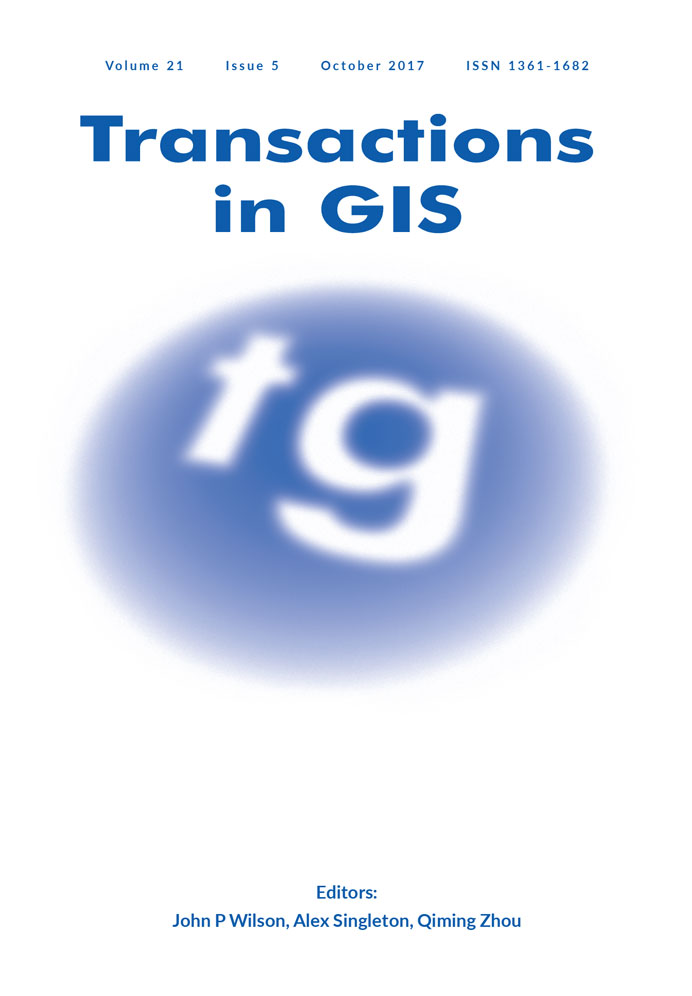Multi-scale approach to mining significant spatial co-location patterns
Abstract
Spatial co-location pattern mining aims to discover a collection of Boolean spatial features, which are frequently located in close geographic proximity to each other. Existing methods for identifying spatial co-location patterns usually require users to specify two thresholds, i.e. the prevalence threshold for measuring the prevalence of candidate co-location patterns and distance threshold to search the spatial co-location patterns. However, these two thresholds are difficult to determine in practice, and improper thresholds may lead to the misidentification of useful patterns and the incorrect reporting of meaningless patterns. The multi-scale approach proposed in this study overcomes this limitation. Initially, the prevalence of candidate co-location patterns is measured statistically by using a significance test, and a non-parametric model is developed to construct the null distribution of features with the consideration of spatial auto-correlation. Next, the spatial co-location patterns are explored at multi-scales instead of single scale (or distance threshold) discovery. The validity of the co-location patterns is evaluated based on the concept of lifetime. Experiments on both synthetic and ecological datasets show that spatial co-location patterns are discovered correctly and completely by using the proposed method; on the other hand, the subjectivity in discovery of spatial co-location patterns is reduced significantly.




